The Last of Us offers a grim warning to the player as a critical dystopia.
In their paper “The Journey to Nature: The Last of Us as a Critical Dystopia”, Gerald Farca and Charlotte Ladevèze analyze the 2014 video game The Last of Us as an example of a ludic critical dystopia, approaching its ecological rhetoric from the perspective of ecocriticism.
The authors note that while the critical dystopia – as a subcategory of utopian fiction – shares utopian fiction’s aim of raising awareness of real-world societal issues to push its audience into actively changing the world for the better, it differs from both utopian and classical dystopian fiction in multiple ways. Firstly, in contrast with its dystopian society, critical dystopias contain at least one utopian enclave or the hope of replacing the dystopia with utopia. Secondly, critical dystopias make use of ambiguous, open endings that allow both the audience and the protagonist to hope for a better future. Thirdly, critical dystopias detail both how the dystopian society emerged and the possible solutions to the situation.
Farca and Ladevèze see video games as especially fruitful subjects of research on critical dystopias. This is due to them allowing the players to “become part of the underlying logic of how these worlds are created and sustained” by acting as active participants in the games’ dystopian worlds. The player’s direct involvement with the gameworld is also seen as an important factor when discussing the search for utopian enclaves and the ambiguous endings characteristic of critical dystopias, both experienced by the player personally.
The Last of Us features the clash of the official narrative and the counter-narrative – the conflict between of the description of the dystopian society and “one or more dissident thinkers” realizing the true nature of the situation –, an essential narrative structure in critical dystopias. The notion of hope connected to the counter-narrative is often located in rural spaces as opposed to urban areas, and this is a in The Last of Us. The game, with its strong ecological themes, is approached by the authors from an ecocritical perspective, originally an environmentally oriented method of literary analysis that has spread to all cultural media.
Farca and Ladevèze explain that The Last of Us makes its audience ecologically conscious – and as such, seeing the real, empirical world reflected in the gameworld and willing to change the real world for the better – through an “aesthetic response”, evoked in the player through a coming-of-age story. This is presented in the form of the protagonist Joel’s journey to nature in his quest to escort the second protagonist Ellie through the dystopian world of the game. Utilizing Farca’s concept of the implied player – defined as “the affordance and appeal structure of the game”– the authors argue that The Last of Us expresses its ecological rhetoric through comparing the “dangerous city spaces” and “calming nature spaces” present in the game, embodying the critical dystopian duality of the official narrative and the counter-narrative.
The city spaces in the game represent the official narrative, symbolizing the fall of the “old order” – the bureaucratic, technology-reliant, consumerist, and capitalist society of the past. They also also present the background of the dystopian society more directly in the intro sequence, detailing the rapid spread of the Cordyceps fungi and the subsequent disorder. The city spaces evoke feelings of entrapment, claustrophobia and helplessness, evident in their gameplay aspects involving complex “multicursal labyrinths” and intense, violent ludic struggles. They are connected to the symbol of fire, representing chaos, and the season of summer, representing a path leading to death, both that of individual characters and societies.
In contrast to the confining city spaces, the nature spaces are described by the authors as symbolizing the “new order” – mankind’s new balance with nature and evoking feelings of calm, liberation and compassion. The gameplay is more linear, focusing on dialogue and story progress. The nature spaces are connected to the season of spring, representing hope and their symbol is flowing water (of three subtypes of water defined by the authors), leading the protagonists towards nature. The only viable utopian enclave in The Last of Us is found in the nature spaces and it is linked to nature symbolizing the escape from the city along with a solution to the dystopian situation.
The authors conclude by summarizing that The Last of Us delivers its ecological rhetoric through its multiple oppositions, the most prominent of these being the contrast between city and nature. Through experiencing the game’s aesthetic effect via the official narrative and the counter-narrative, the player may develop a desire to change their real-life society into a Utopian one.
Article: The Journey to Nature: The Last of Us as a Critical Dystopia
Authors: Gerald Farca, Charlotte Ladevèze
Publication: DiGRA/FDG 2016
Published: August 2016
Online: http://www.digra.org/wp-content/uploads/digital-library/paper_246.pdf
All images © Naughty Dog, LLC.
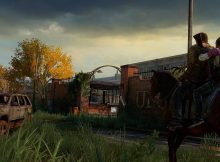

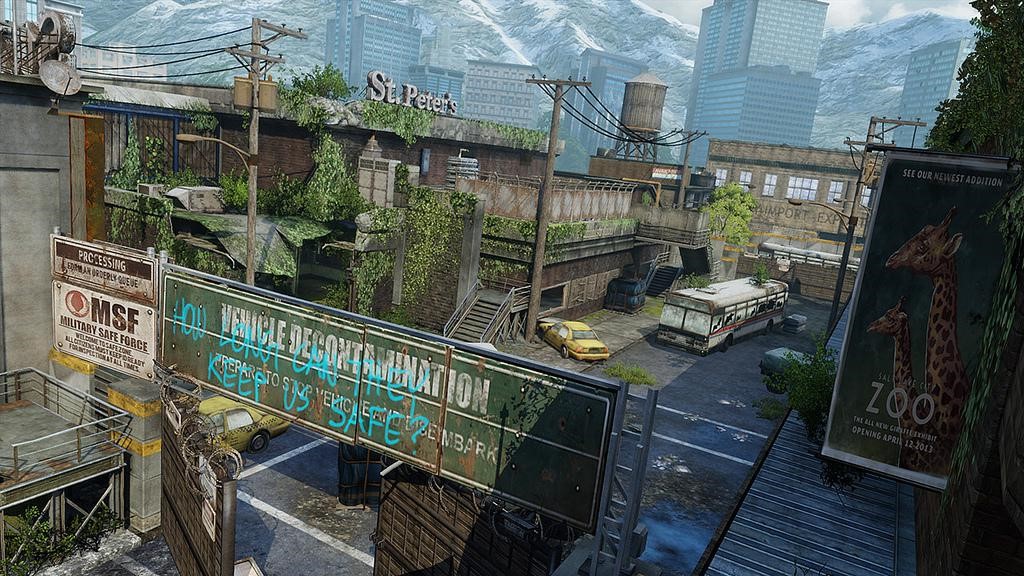
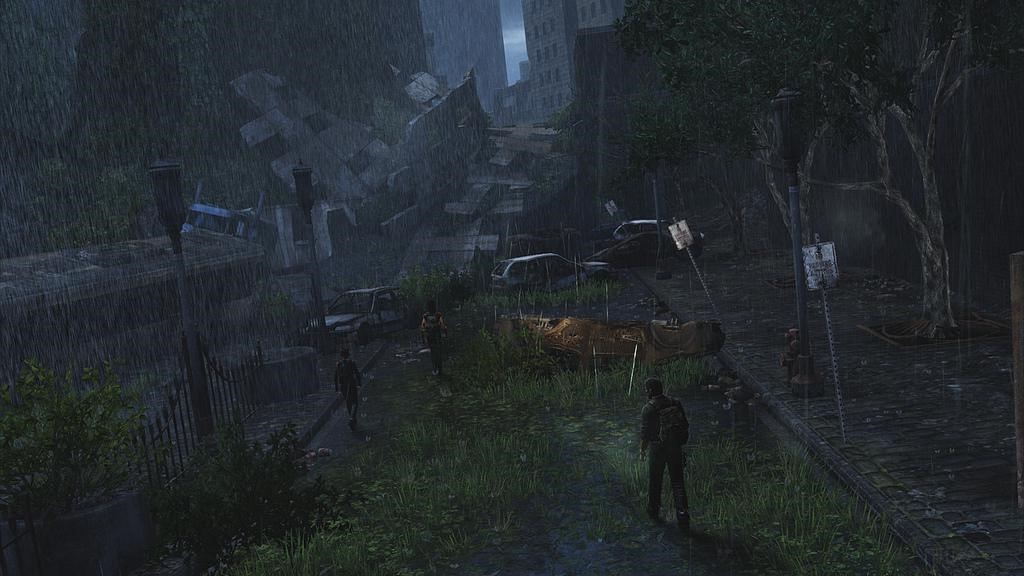
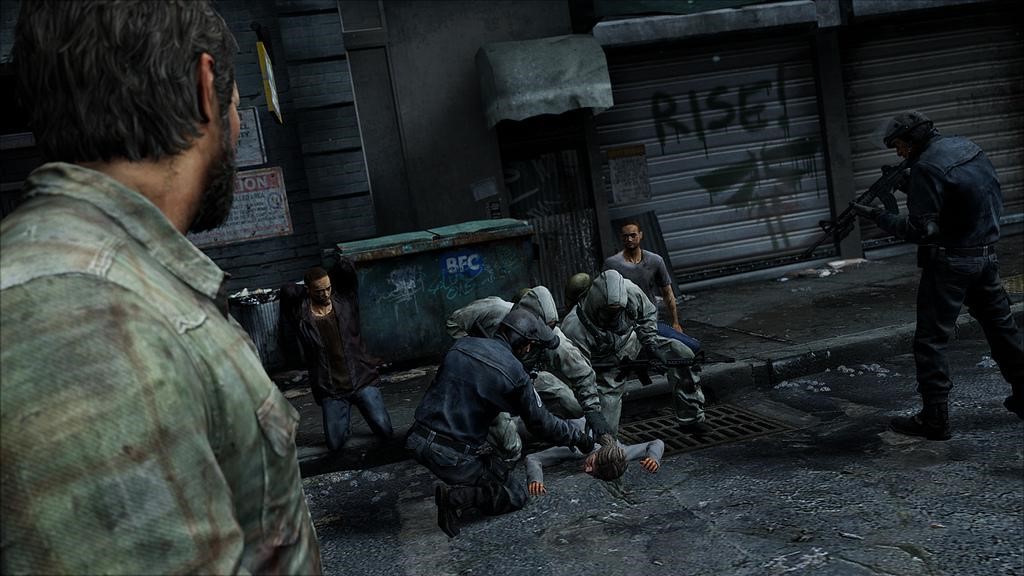
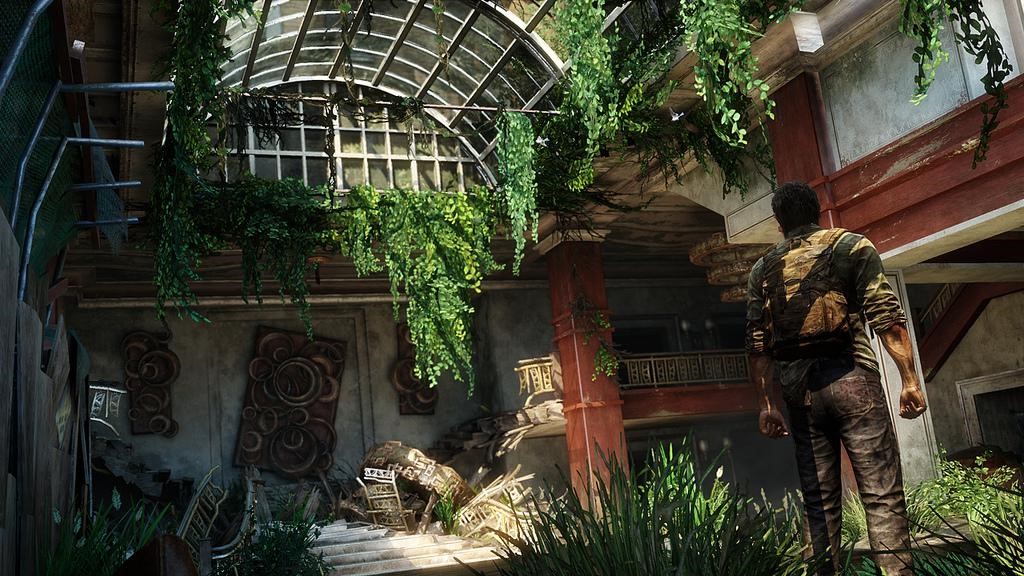
Leave a Reply